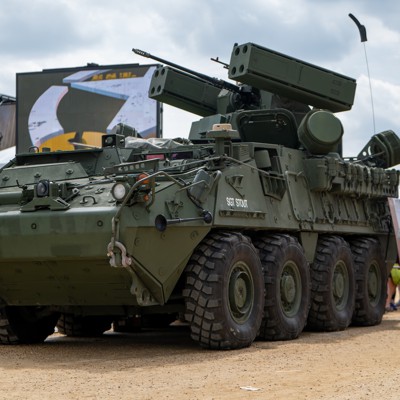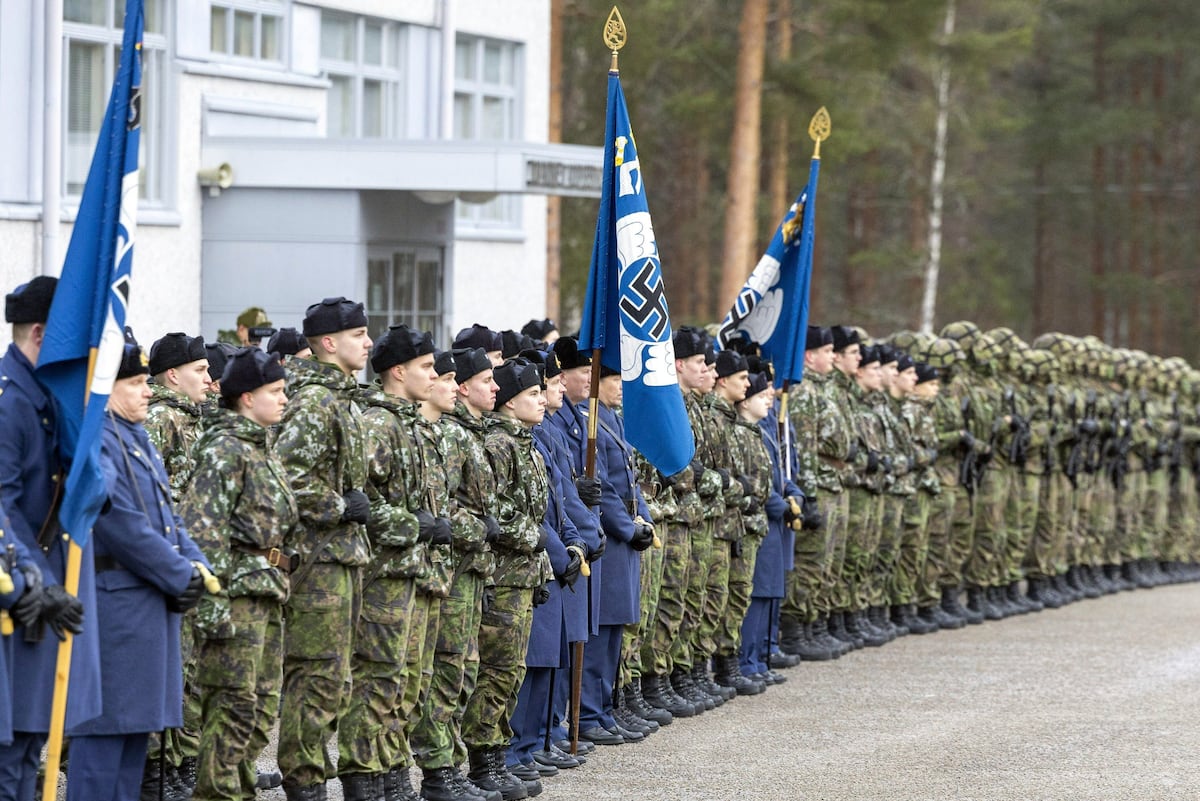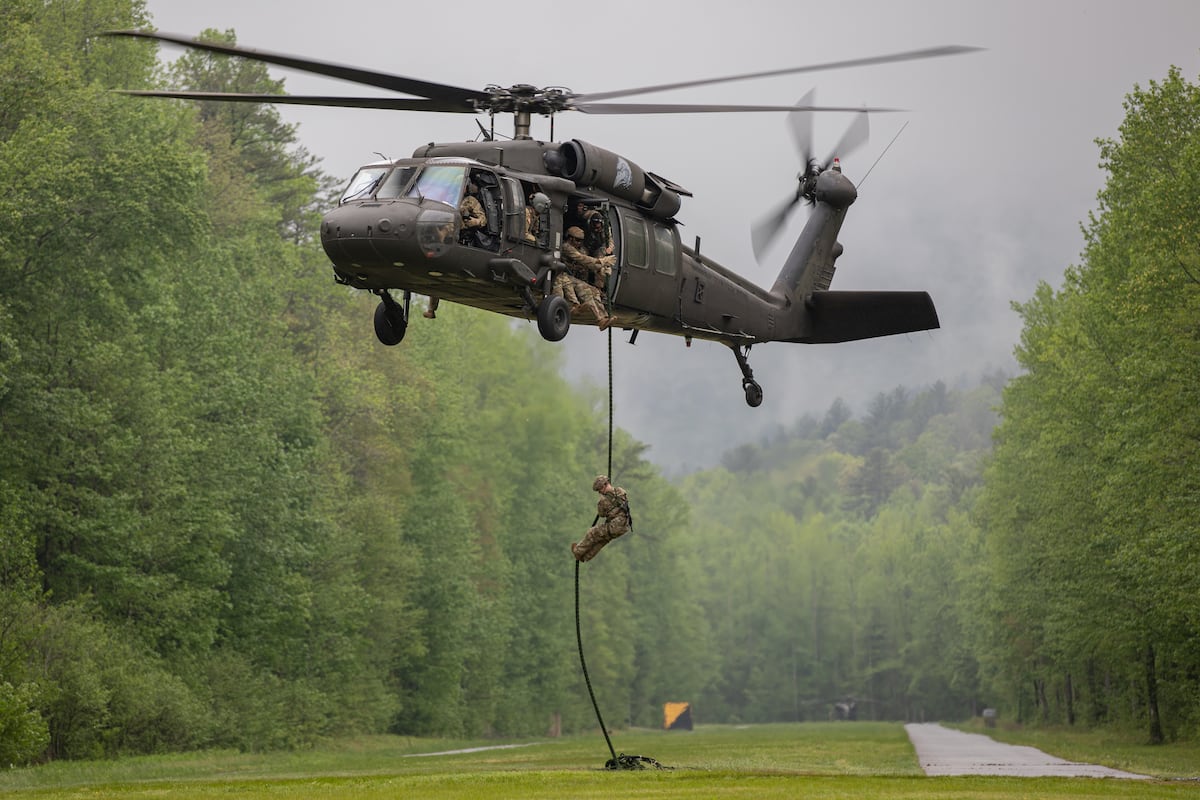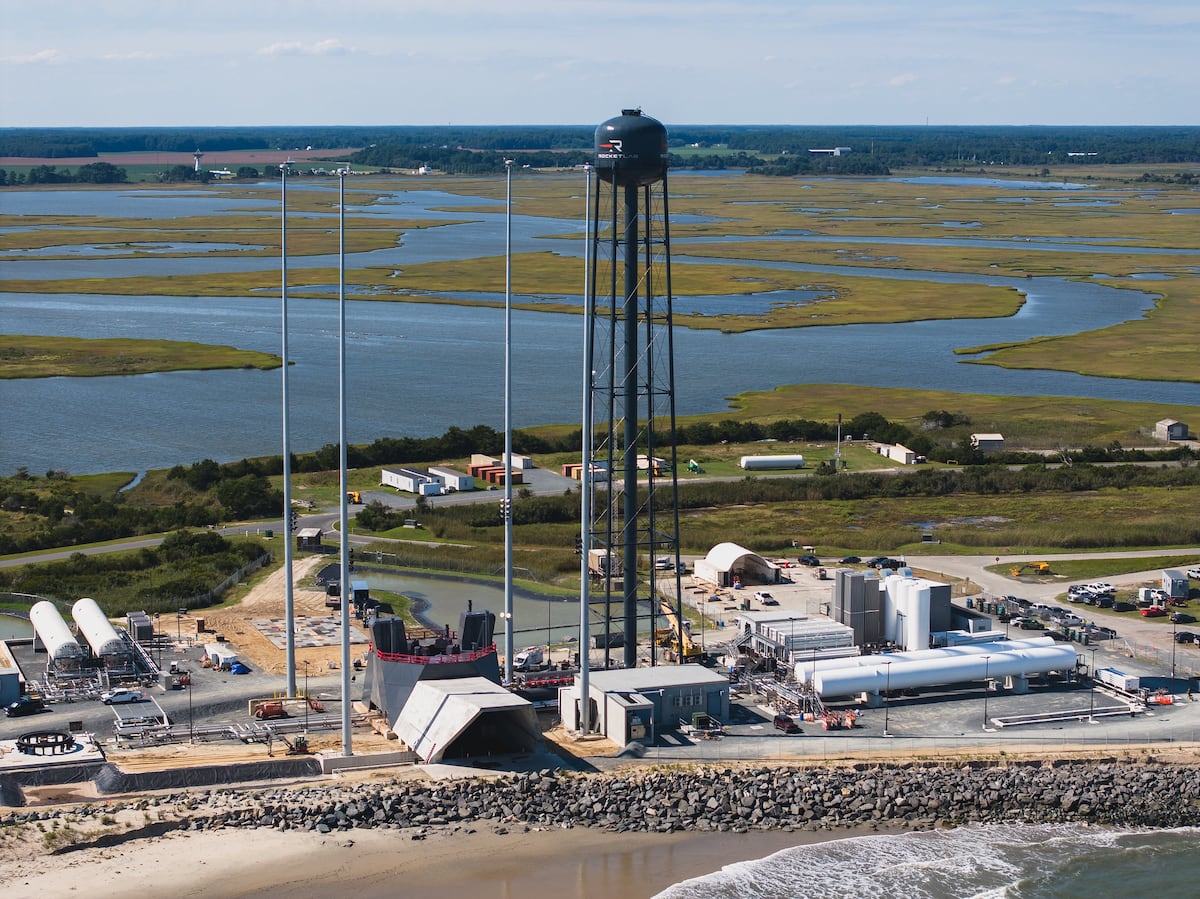The one-time cash infusion of the One Big Beautiful Bill bestows about $2.5 billion on the Army for upgrades that include developing new weapons and hastening procurement of existing systems.
Together with the proposed 2026 budget, which increases the Army’s buying power by 6.2 percent, the service is looking at a 14.2-percent bump in acquisitions funding, Army spokesman Steve Warren told reporters on Tuesday.
“This includes critical investment in air and missile defense, such as $679.1 million for M-SHORAD and another $634.5 for LTAMDS, and $1.1 billion to continue modernizing our organic industrial base,” Warren said. “We’re also investing in munitions to ensure we can continue. We defend our nation.”
The boost comes as DOD reviews its materiel assistance to allies and friends, an effort spearheaded by policy chief Elbridge Colby, amid concerns that continuing to send arms to Ukraine will deplete stockpiles.
“We can’t give weapons to everybody all around the world,” Pentagon spokesman Sean Parnell said during a July 2 press briefing. “We have to look out for America and defending our homeland, our troops around the world.”
The Army is looking to increase production of several types of weapons with funds from the reconciliation bill, as it waits on the bulk of next year’s budget to come through.
The biggest boost in the bill includes $300 million for medium-range ballistic missiles, like the SM-6 and Tomahawk, with another $114 million to develop the next-generation Precision Strike Missile, and $50 million to develop an anti-ship version.
Another $175 million will go to expanding production capacity for medium-range next-generation missiles, which the Army is working on by both extending the range for its Precision Strike Missile and fielding the Typhon system, with $144 million for building them. Long-range missiles get $85 million to accelerate development.
Missile defense funding includes:
- $176.1 for building a long-range movable missile defense radar, the mobile version of the Army’s current Long-Range Persistent Surveillance.
- $167 million to speed up fielding of M-SHORAD.
- $141 million to accelerate the development of the Stinger missile replacement and then produce it.
- $167 million for more Indirect Fire Protection Capability systems.
- $200 million to hasten procurement of Indirect Fire Protection Capability missiles
- $65 million to integrate Indirect Fire Protection Capability systems with U.S. Navy ships.
- $40 million to develop a low-cost alternative to Indirect Fire Protection Capability systems.
The Army is putting special attention into air defense in its 2026 budget request as well, moving to increase its Patriot missile acquisition goal from 3,376 to 13,773.
“We’ve been admiring the problem of air and missile defense capacity for years and years,” Tom Karako, director of the Missile Defense Project at the Center for Strategic and International Studies, said during an event Tuesday. “Now we have in writing that, no kidding, our objective is going to quadruple.”
There are also a handful of miscellaneous items:
- $408 million for restoration and modernization of test range infrastructure in U.S. Indo-Pacific Command.
- $100 million to develop an anti-ship seeker for short-range ballistic missiles.
- $30.3 million to repair existing missiles.
- $230 million to buy wheeled combat vehicles.
- $98 million for light helicopters.
The Army did not provide a new timeline for accelerated programs by press time.
Read the full article here








Leave a Reply